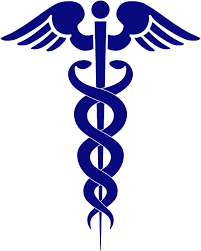Megan Gilbreath was a resident of Abilene, Texas. She was an 18-year-old student who was involved in a motor vehicle accident involving her pickup. She had a rollover accident where she sustained a head injury and a broken leg. A medical flight was quick to respond and she was all set to be transported to the nearest medical facility.
However, one major error was committed. The EMT that belonged to the medical flight service had intubated her wrongly. The tube that was supposed to carry oxygen was inserted into the esophagus instead of her windpipe. As a result she was declared brain dead by the time the medical flight took her to the treating facility. All the while oxygen was being pumped to her stomach instead of her lungs.
Are You Safe on a Medical Flight with Mere FAA Regulations?
It must be noted that FAA is a regulating body for flights of all types and not just medical flights. This means the medical flight service providers don’t really have regulations that govern them when it comes to ensuring adequate medical care on the flight. FAA only has the say when it comes to medical flight safety when flying. It concerns itself with issues such as crew safety in bad weather conditions and medical flight during bad visibility at night.
Who Regulates the Medical Flight when it Comes to Standard of Care?
The Airline Deregulation Act of 1978 that paved way for using air ambulances during medical emergencies had one major flaw. It exempted the medical flight service providers when it came to “routes, prices, and services.” This loophole allows the medical flight service providers to have their own standards when it comes to services.
This however does not mean that all air ambulance service providers cut costs when it comes to standard of care. Most medical flight operators maintain high standards of medical care. However, in the highly competitive air ambulance sector, it is possible that there are medical flight service providers who cut corners through not-so-well trained or inadequately trained medical staff.
The Airline Deregulation Act of 1978 does have a provision where the states can regulate the medical aspect of air ambulances; the only condition is that such regulation should not impact the economics of operating a medical flight “significantly.” In essence, there is scope and hope for regulations in this regard.


